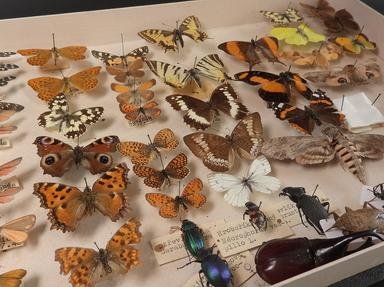Quiz Answer Key and Fun Facts
1. Approximately how many species of flies have been discovered and named by scientists?
2. The common house fly (Musca domestica) accounts for about 91% of all flies in existence and can be found all over the world. What is the common name for fly larvae?
3. How old is the fly larvae before it transforms into a pupae?
4. How long does a common house fly live?
5. Flies are only active during daylight hours.
6. Flies carry lots of bacteria on their feet, but just how much is "a lot"?
7. The tsetse fly is quite a large fly that bites and feeds on the blood of animals and humans. Where does the tsetse fly live?
8. Have you ever watched a fly crawl on the ceiling? Why can a fly do this?
9. Mosquitoes are also members of the Diptera family.
10. Gnats are also a member of the Diptera family. What is the more common name for a gnat?
Source: Author
wenray
This quiz was reviewed by FunTrivia editor
guitargoddess before going online.
Any errors found in FunTrivia content are routinely corrected through our feedback system.

